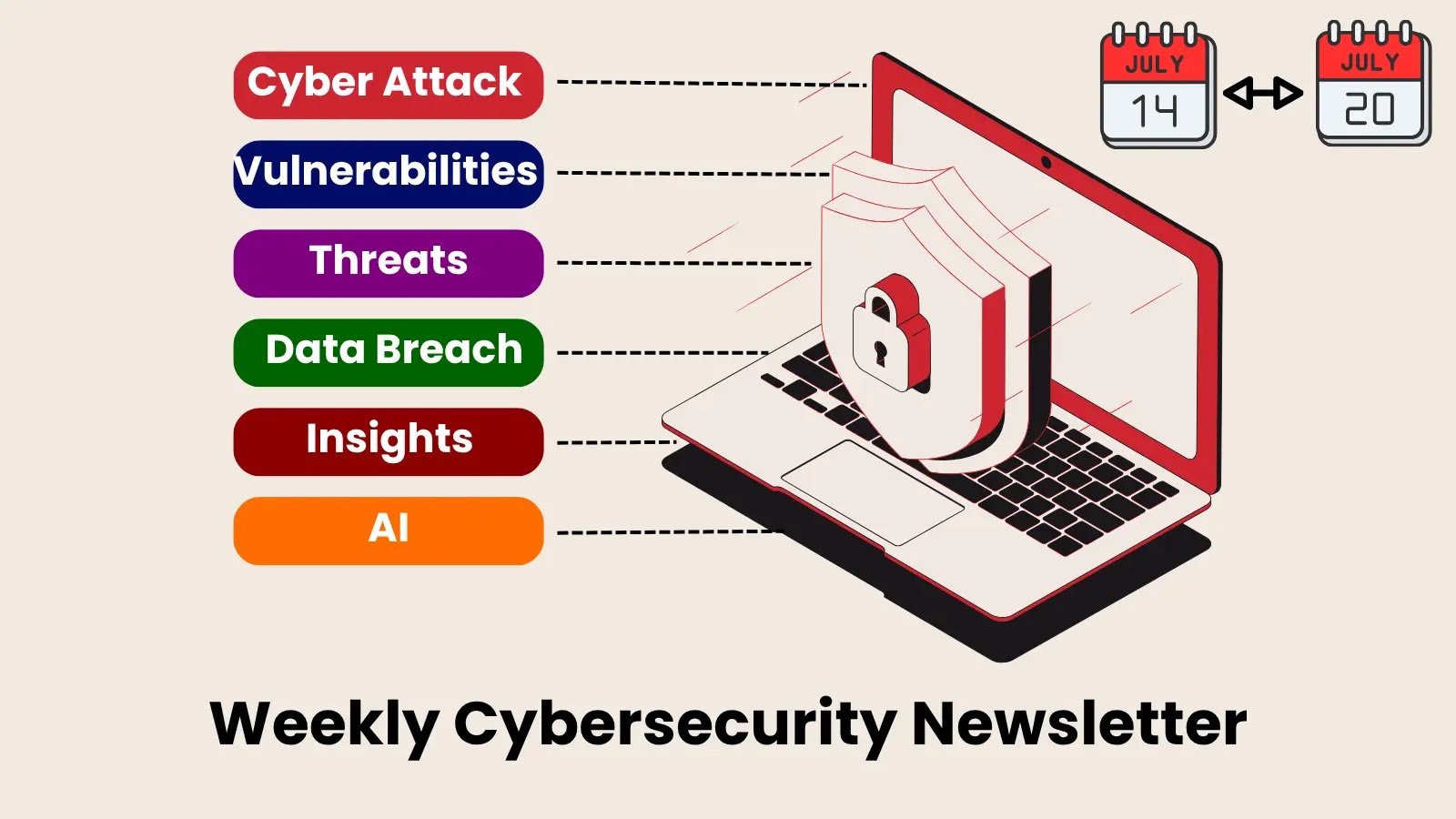
Weekly Cybersecurity Newsletter: Chrome 0-Day, VMware Flaws Patched, Fortiweb Hack, Teams Abuse, and More
Weekly Cybersecurity Newsletter: Navigating the Latest Threats
The past seven days have presented a significant threat landscape, demanding immediate attention from cybersecurity professionals. From a newly exploited Chrome zero-day to critical VMware patches and concerning attack vectors targeting FortiWeb and Microsoft Teams, staying informed and proactive is paramount. This specialized analysis breaks down these pivotal security alerts, offering insights and actionable remediation strategies to fortify your defenses.
Chrome 0-Day Under Active Exploitation: A Critical Browser Vulnerability
Google has once again pushed an urgent update for Chrome, addressing a zero-day vulnerability actively exploited in the wild. This marks a concerning trend of sophisticated attacks targeting end-user browsers. While specific details regarding the nature of this particular zero-day (the article does not specify the CVE) are often withheld by Google until a majority of users have updated, its active exploitation underscores the critical need for rapid patching.
Remediation Actions:
- Immediately update your Google Chrome browser to the latest stable version. This can typically be done by navigating to Settings > About Chrome.
- Enable automatic updates for all browser installations across your organization.
- Consider implementing browser isolation technologies for high-risk users or environments.
- Educate end-users about the importance of keeping their software updated and exercising caution with untrusted links and downloads.
VMware Vulnerabilities Patched: Safeguarding Virtual Infrastructure
VMware has released crucial patches addressing a set of vulnerabilities that could pose significant risks to virtualized environments. Exploitation of such flaws can lead to unauthorized access, privilege escalation, or even complete system compromise, impacting critical business operations and data integrity. While the specific CVEs are not detailed in the source, the consistent nature of VMware’s security updates highlights the persistent threat to hypervisor and virtualization software.
Remediation Actions:
- Review VMware’s official security advisories and promptly apply all recommended patches to your ESXi hosts, vCenter Server, and other VMware products.
- Implement a robust vulnerability management program that includes regular scanning and patching of your virtual infrastructure.
- Limit administrative access to VMware environments and enforce strong authentication mechanisms, including multi-factor authentication (MFA).
- Regularly back up critical virtual machine data and configurations.
FortiWeb Hack: Understanding the Attack Vector
Reports indicate a new attack vector targeting FortiWeb, Fortinet’s web application firewall (WAF). While the source does not provide specific CVEs or technical details of the exploitation method, such incidents typically involve bypassing WAF protections, exploiting known vulnerabilities in the WAF itself, or leveraging misconfigurations. A compromised WAF can allow attackers to gain access to protected web applications, leading to data breaches or defacement.
Remediation Actions:
- Stay vigilant for official Fortinet advisories regarding new vulnerabilities or attack methods targeting FortiWeb.
- Ensure your FortiWeb appliances are running the latest firmware and security updates.
- Regularly review and fine-tune your FortiWeb security policies to adapt to evolving threats.
- Implement strong access controls for FortiWeb administration interfaces and monitor logs for unusual activity.
- Consider deploying additional layers of security, such as API security gateways, to complement WAF protection.
Abuse of Microsoft Teams: A Growing Collaboration Platform Threat
Attackers are increasingly leveraging Microsoft Teams as an attack vector for their campaigns. This trend is concerning given the widespread adoption of Teams for communication and collaboration. Abuse can manifest in various ways, including phishing attempts via compromised accounts, malware distribution through shared files, or social engineering tactics to manipulate users.
Remediation Actions:
- Educate employees on recognizing phishing attempts and other social engineering tactics, particularly those originating within collaboration platforms.
- Implement strict file-sharing policies within Microsoft Teams and scan all incoming files for malware.
- Enforce multi-factor authentication (MFA) for all Microsoft 365 accounts, including Teams.
- Regularly monitor Teams activity logs for suspicious behavior, such as unusual file downloads or communication patterns.
- Configure external access and guest access settings carefully to minimize potential attack surfaces.
Key Takeaways for Enhanced Cybersecurity Posture
The past week underscores a critical reality: threat actors are relentless and adaptable. The immediate takeaways for any organization include prioritizing patch management for all software, especially browsers and critical infrastructure components like virtualization platforms and WAFs. Furthermore, the trend of abusing legitimate collaboration tools like Microsoft Teams necessitates a renewed focus on user education and robust security configurations for these platforms. Proactive vigilance and a multi-layered defense strategy remain the most effective deterrents against these evolving cyber threats.





